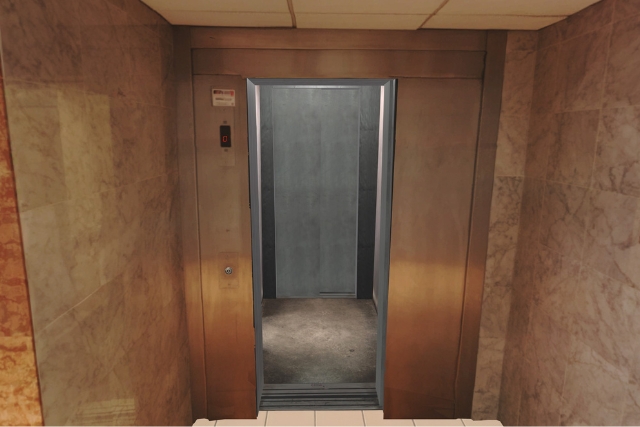Why such efficacy ?
1. Immersion
The user will be immersed in immersive environments designed to recreate anxiety-generating situations on board.
2. Cognitive restructuring
They will unlearn negative reactions, such as catastrophic thoughts (“The plane is going to crash”), and rebuild positive thinking patterns (“I’m safe”).
3. Repetition
Through repeated exposures, these patterns will become quickly and permanently ingrained in your mental functioning.
4. Progressiveness
The gradual increase in the difficulty of the environments will allow the user to progressively desensitize to the anxiety experienced and regain confidence in their abilities.
5. Personalization
With Artificial Intelligence, they will be supported and encouraged in a personalized way throughout the exposures.
Receive the C2Care method for free, combining Artificial Intelligence and Virtual Reality !
The AI revolution !
The different stages of the journey !
Airport

Airport
Flying is not something we do every day, but aviophobia can become a major obstacle in professional or personal activities. All the steps leading up to boarding the plane can gradually increase anxiety.
Thanks to virtual reality, all the steps before boarding, in the airport, can be explored. This way, the anxiety related to anticipating the flight can be reduced.
Plane
The next step is to board the plane in virtual reality. Even though airport scenes may already generate anxiety, this phase is the core of the exposures. To get used to all eventualities, the behavior of other passengers, such as their looks or attitudes, can be adjusted.
Thanks to virtual reality, it will be possible to interact with each character encountered, ensuring total immersion and in-depth work.
Plane

Lives changed thanks to our method.
Feel free to customize your exhibitions for a fully immersive experience !
Each environment can be personalized by precisely choosing the situation to be exposed to :
Airport : Retrieving the boarding pass, going through security checks, verifying documents, and heading towards the boarding gate.
Boarding : Presenting the ticket, walking through the corridors leading to the plane, finding your seat.
Takeoff : The plane taxiing on the tarmac, then taking off.
Flight phases : Turbulence, influence of various weather conditions.
Landing : Landing procedure, waiting in line to disembark.
They testify to the effectiveness of C2Care !

Juliette M - User
After a flight that was too turbulent, I became very anxious about flying. I expected a lot from C2Care and their VR helmets. For now, the sessions are going perfectly well: the psy support reassures me a lot and the VR puts me in condition, it’s really great. I am very optimistic about the outcome of my treatment.

Jordan Fannis - Psychologist
I saw in the field what it brings to my patients, satisfaction, and then with a little bit of gamification, we enjoy going to work. It creates a kind of connection between my patients and me.

Mary K - User
Mother of three, I was blocked by my plane phobia to join my son in Tokyo. Thanks to the C2Care virtual reality method and the support of the psychologist, I overcame this fear. By gradually training in simulated situations, I can now consider flying.

Véronique T - User
The fear of flying was a great handicap for my work: it was impossible for me to fly on business trips. C2Care immersions offer several situations: in the corridors of the airport, on board, on the plane. Today, I’m starting to do small flights and I’m close to getting a promotion, so thank you.

Dr Redwan - Psychiatrist
The advantage is that you can precisely control the virtual environment, adjust the stimuli, adapt to the needs of the patient. There is the notion of safety that is very important, which can help them to take a step forward because they feel safer to face their fears.
Do you need further information or have any specific questions ?
Our environments in image











